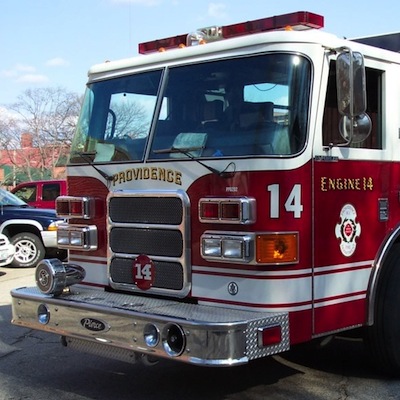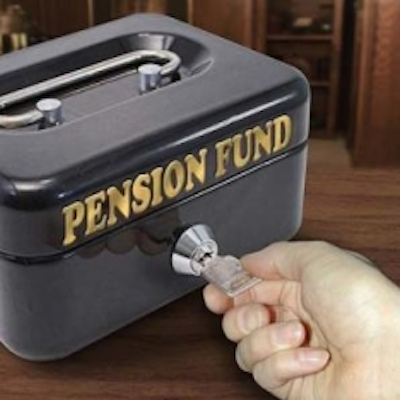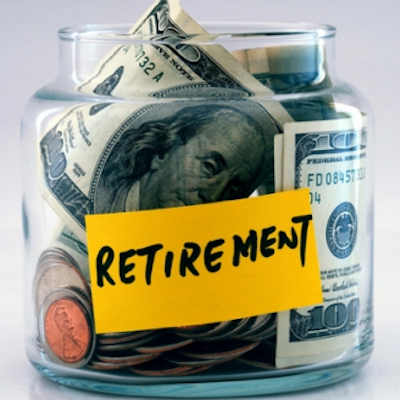Michael Riley: These RI Cities + Towns Could Be Next in Bankruptcy
Tuesday, March 18, 2014
Nationwide, all eyes are on Detroit and San Bernardino—two cities that cannot pay all of their obligations. The cities could pay some creditors in full, but not all of them. Specifically, each of these cities could pay their promised benefits today, but not all of their other obligations. It’s important to remember that in both Michigan and California—if pension promises were to have been guaranteed and untouched—the only choices for municipalities to try and reduce costs is to fire public workers and reduce municipal services. Ironically, this reduces the amount of income through contributions used to support legacy pensions and benefits thus creating further strains.
In Rhode Island we have a process for distressed cities and through 2010 legislation we have also strengthened the protection of Municipal bondholders. Central Falls went through this process and the result was an overseer, commission and ultimately receivership that resulted in sharp cuts to employee and retiree benefits. Using Central Falls metrics as markers, I have compared their stats just prior to Chapter 9 filings with other current vulnerable cities in Rhode Island and to re-emphasize the point that Rhode Island is much worse than other regions around the country, I have compared some of the most vulnerable and tax burdened towns in Rhode Island to the top 25 Cities in America. Rhode Island municipalities look awful when using very widely used metrics such as Unfunded Actuarial Accrued Liability. UAAL is then measured against payroll, against assets currently in the plan, UAAL per capita and UAAL per household.
GET THE LATEST BREAKING NEWS HERE -- SIGN UP FOR GOLOCAL FREE DAILY EBLAST
As you can see several RI towns and cities have already passed the point where Central Falls was forced to file for Chapter 9. Measuring household burden shows many RI communities are in serious trouble. Funded ratios are also alarming. This canary in the coal mine, known as Central Falls, has established historic warning levels and if you live in a town on this list you should be asking your town officials what they are doing about it. Far too many officials are still doing nothing because they won’t confront the unions and taxpayers or don’t have any idea what to do. They should be fired.
Ultimately it’s up to the voters. The path of least resistance for elected and appointed officials is still to ignore the problem they have either created or exacerbated. The result will likely be devastating to your personal finances and the town as a whole. Affecting everything from tax rates to municipal services and home values. The time for taxpayers to speak up for change is running out.
Michael G. Riley is vice chair at Rhode Island Center for Freedom and Prosperity, and is managing member and founder of Coastal Management Group, LLC. Riley has 35 years of experience in the financial industry, having managed divisions of PaineWebber, LETCO, and TD Securities (TD Bank). He has been quoted in Barron’s, Wall Street Transcript, NY Post, and various other print media and also appeared on NBC news, Yahoo TV, and CNBC.
Related Slideshow: Providence Pension Liability
A new report shows that Providence’s pension fund—even after the recent reform—is still in trouble. The below slides break out the key numbers for the pension fund, including the unfunded liability, the assumed and actual rates of return, the current level of benefits, and how long it will take the city to pay off the unfunded liability. Figures are current as of July 1, 2013 and are taken from the new Jan. 31 actuarial report from Segal Consulting.
Related Articles
- Michael Riley: The Pension Study Commission Needs To Face Reality
- Could Rhode Island Cities Face a Detroit-like Bankruptcy?
- Michael Riley: West Warwick Is Headed For Disaster
- Municipal Bankruptcy: Who’s Next In RI?
- Guest MINDSETTER™ Michael Riley: Rhode Island’s Leadership Problem
- PowerPlayer: Republican Congressional Candidate Michael Riley
- Michael Riley: Analysing A Crisis
- EXCLUSIVE: Providence Unfunded Pension Liability Now At Least $831M
- Michael Riley: Is the RI Pension Commission Making Up Numbers?
- Experts React to Rhode Island Pension Reform Agreement
- Michael Riley: Providence Vying for Worst Funded City in America
- Central Falls Bankruptcy - City Reacts
- Michael Riley: The Harsh Reality of the Pension and OPEB Crisis
- Central Falls Mayor—Don’t Blame Me for Bankruptcy
- Michael Riley: The Municipal Pension Study Commission Is A Failure
- Chafee—Central Falls Bankruptcy a ‘Positive’ for Economic Development















2013.png)
.png)













2013_80_80_c1.png)
_80_80_c1.png)



